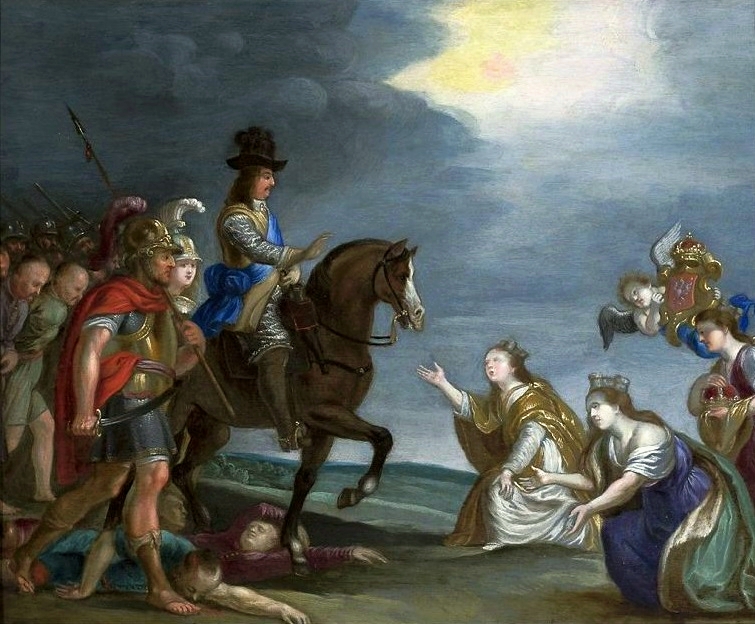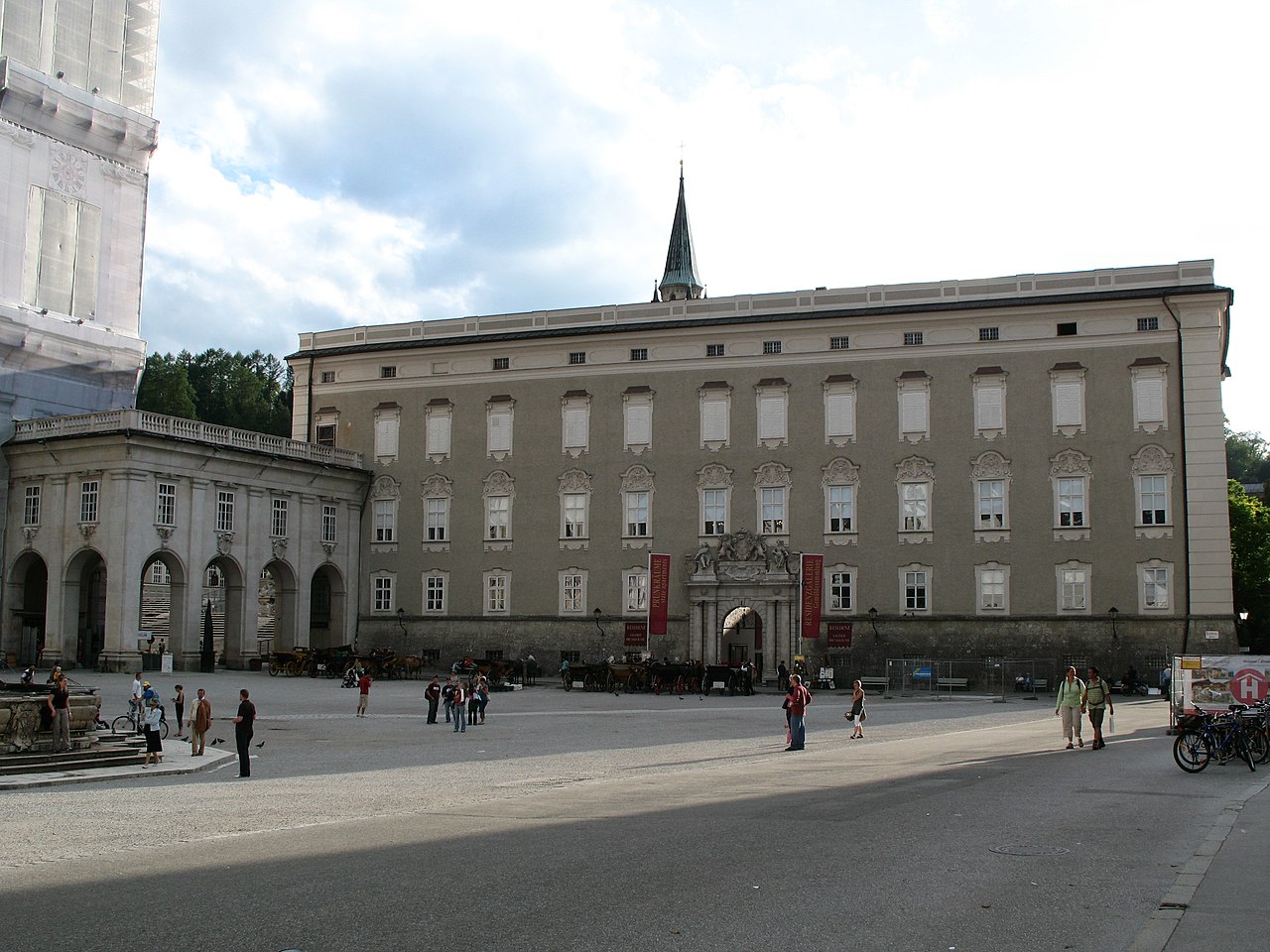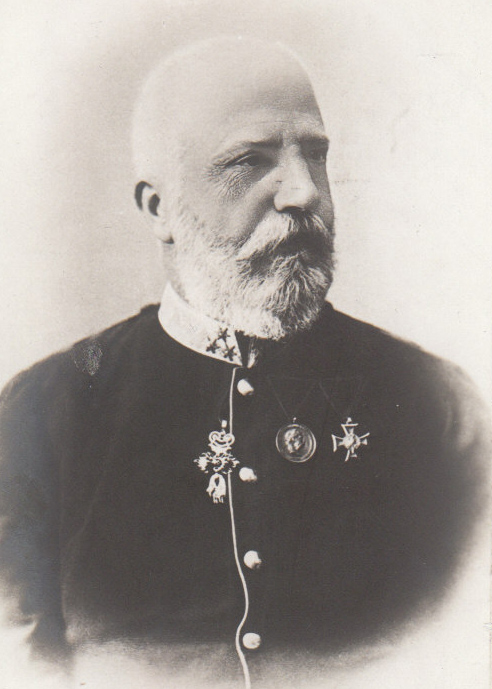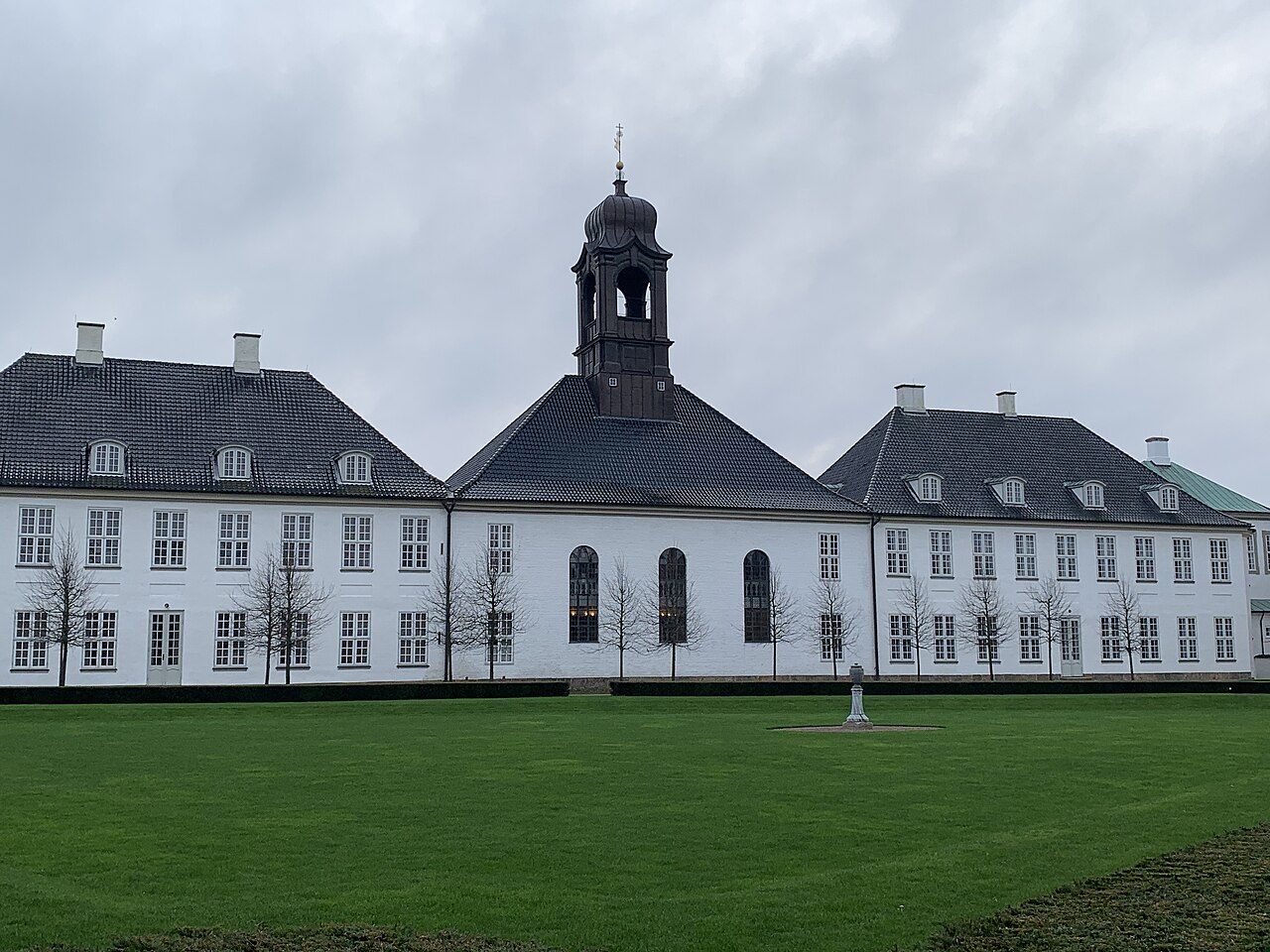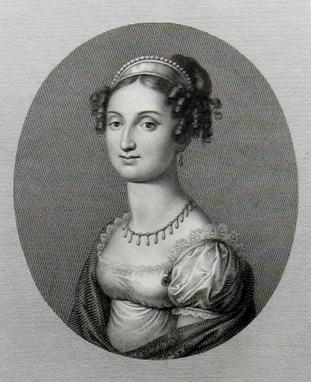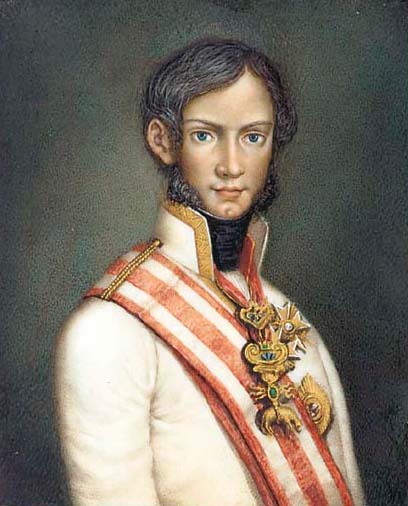by Susan Flantzer
© Unofficial Royalty 2021

Frederiksborg Castle; Credit – By Casper Moller from London, United Kingdom – Frederiksborg Castle – home of the Danish National History Museum; this file from Commons, CC BY 2.0, https://commons.wikimedia.org/w/index.php?curid=29657236
Frederiksborg Castle Church, located in Frederiksborg Castle, is a church of the Evangelical Lutheran Church of Denmark, sometimes called The Church of Denmark, the established, state-supported church in Denmark. Frederiksborg Castle is located in Hillerød, Denmark on the island of Zealand 18 miles/30 km north of Copenhagen, Denmark. It was built as a royal residence for King Christian IV of Denmark and Norway in the early 17th century, replacing an older castle acquired by his father King Frederik II. Christian IV had been born at the castle and became quite attached to his birthplace. However, he decided to have it completely rebuilt in the Flemish and Dutch Renaissance styles. The old castle was demolished in 1599 and the Flemish architect Hans van Steenwinckel the Elder designed the new castle.

The Castle Fire of 1859, painting by Ferdinand Richardt; Credit – Wikipedia
The castle ceased to be used as a royal residence by the end of the 18th century and was used to house the royal collection of portraits. In the mid-19th century, King Frederik VII and his morganatic third wife Louise Rasmussen, Countess Danner began to use Frederiksborg Castle as a residence. On the evening of December 16, 1859, King Frederik VII was examining his historic artifacts in a room on the third floor. The night was cold and so Frederik VII asked for a fire to be lit. However, the chimney was under repair and a fire broke out. The fire spread quickly, causing major damage to most of the castle but the castle chapel, the audience chamber, and the privy passage survived the fire.
The Danish royal family decided that they would no longer use the castle as a residence and so a discussion began regarding the future purpose of the castle. J. C. Jacobsen, the founder of Carlsberg Brewery, proposed the establishment of a museum of national history at Frederiksborg Castle and he offered to pay for both the reconstruction of Frederiksborg Castle and the museum’s future expenses. Jacobsen created the Carlsberg Foundation and allocated some of his shares in the Carlsberg Brewery to fund and operate the Danish Museum of National History at Frederiksborg Palace and the Carlsberg Research Laboratory in Copenhagen, Denmark. The Danish Museum of National History opened in 1882 and has since been an independent department of the Carlsberg Foundation.

The church wing; Credit – By Bjoertvedt – Own work, CC BY-SA 3.0, https://commons.wikimedia.org/w/index.php?curid=23828113
The current castle church, built when Christian IV rebuilt Frederiksborg Castle, was consecrated in 1617. It escaped being damaged in the 1859 fire. The church is located in the west wing of the three-winged castle. The castle church extends along the entire length of the west wing with a long nave and a two-story gallery. The six-vaulted stucco ceiling is supported by pillars rising from the galleries. The pillars are decorated with frescos of Biblical figures, painted in the 1690s. The altarpiece and pulpit were made by German silversmith Jacob Mores.

The interior of the Fredriksborg Palace Church; Credit – By Marshallhenrie – Own work, CC BY-SA 4.0, https://commons.wikimedia.org/w/index.php?curid=42323005

The altarpiece and pulpit; Credit – Wikipedia
During the period of absolute monarchy (1660 – 1848) the Kings of Denmark and their Queens Consort were anointed in the Frederiksborg Castle Church except for King Christian VII and his wife Caroline Matilda of Wales whose anointing took place at held in the Christiansborg Palace Chapel in Copenhagen. The new king would arrive at the Frederiksborg Castle Church already wearing the crown, where he was then anointed.
Since 1693, the castle church has been the chapel of the two Royal Orders of Chivalry in Denmark: the Order of the Elephant and the Order of Dannebrog.
Royal Events at Frederiksborg Castle Church

Anointing of King Christian V and Queen Charlotte Amalie at Frederiksborg Castle Church in 1671; Credit – Wikipedia
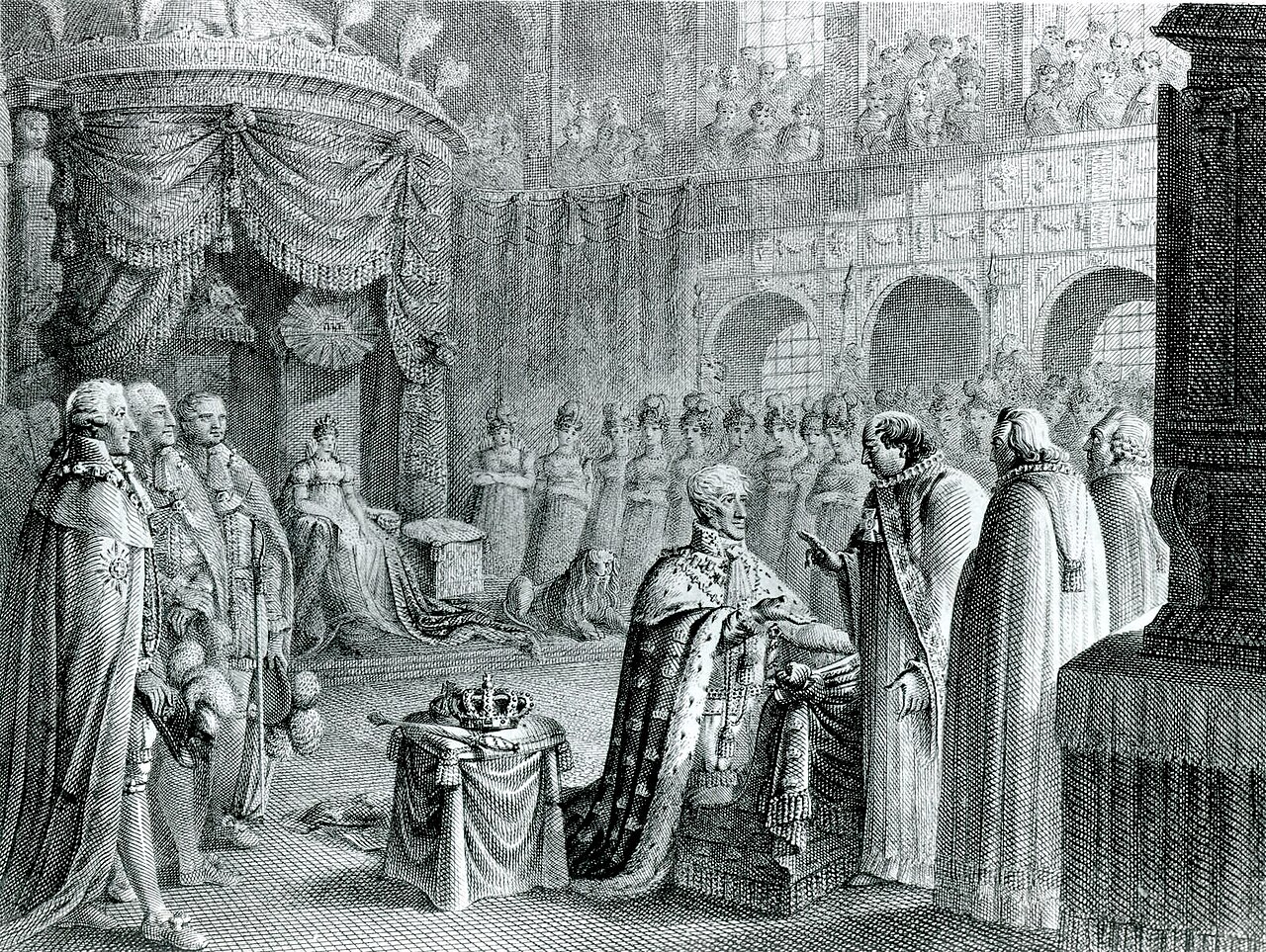
Anointing of King Frederik VI at Frederiksborg Castle Church in 1815; Credit – Wikipedia
- June 7, 1671: Anointing of King Christian V and Charlotte Amalie of Hesse-Kassel
- April 15, 1700: Anointing of King Frederik IV and his first wife Louise of Mecklenburg-Güstrow
- May 1721: Anointing of Anna Sophie von Reventlow, second wife of King Frederik IV
- June 6, 1731: Anointing of King Christian VI and Sophia Magdalene of Brandenburg-Kulmbach
- September 4, 1747: Anointing of King Frederik V and his first wife Louisa of Great Britain
- July 8, 1752: Wedding of King Frederik V and his second wife Juliana Maria of Brunswick-Wolfenbüttel and anointing of Juliana Maria
- July 31, 1815: Anointing of King Frederik VI and Marie of Hesse-Kassel
- June 28, 1840: Anointing of King Christian VIII and his second wife Caroline Amalie of Schleswig-Holstein
- November 18, 1995 – Wedding of Prince Joachim, son of Queen Margrethe II, and his first wife Alexandra Manley
This article is the intellectual property of Unofficial Royalty and is NOT TO BE COPIED, EDITED, OR POSTED IN ANY FORM ON ANOTHER WEBSITE under any circumstances. It is permissible to use a link that directs to Unofficial Royalty.
Works Cited
- Da.wikipedia.org. 2021. Frederiksborg Slot – Wikipedia, den frie encyklopædi. [online] Available at: <https://da.wikipedia.org/wiki/Frederiksborg_Slot> [Accessed 29 August 2021].
- Da.wikipedia.org. 2021. Frederiksborg Slotskirke – Wikipedia, den frie encyklopædi. [online] Available at: <https://da.wikipedia.org/wiki/Frederiksborg_Slotskirke> [Accessed 29 August 2021].
- Danish National History Museum. 2021. Frederiksborg Castle – Frederiksborg. [online] Available at: <https://dnm.dk/en/frederiksborg-castle/> [Accessed 29 August 2021].
- En.wikipedia.org. 2021. Coronation of the Danish monarch – Wikipedia. [online] Available at: <https://en.wikipedia.org/wiki/Coronation_of_the_Danish_monarch> [Accessed 29 August 2021].
- En.wikipedia.org. 2021. Frederiksborg Castle – Wikipedia. [online] Available at: <https://en.wikipedia.org/wiki/Frederiksborg_Castle> [Accessed 29 August 2021].







